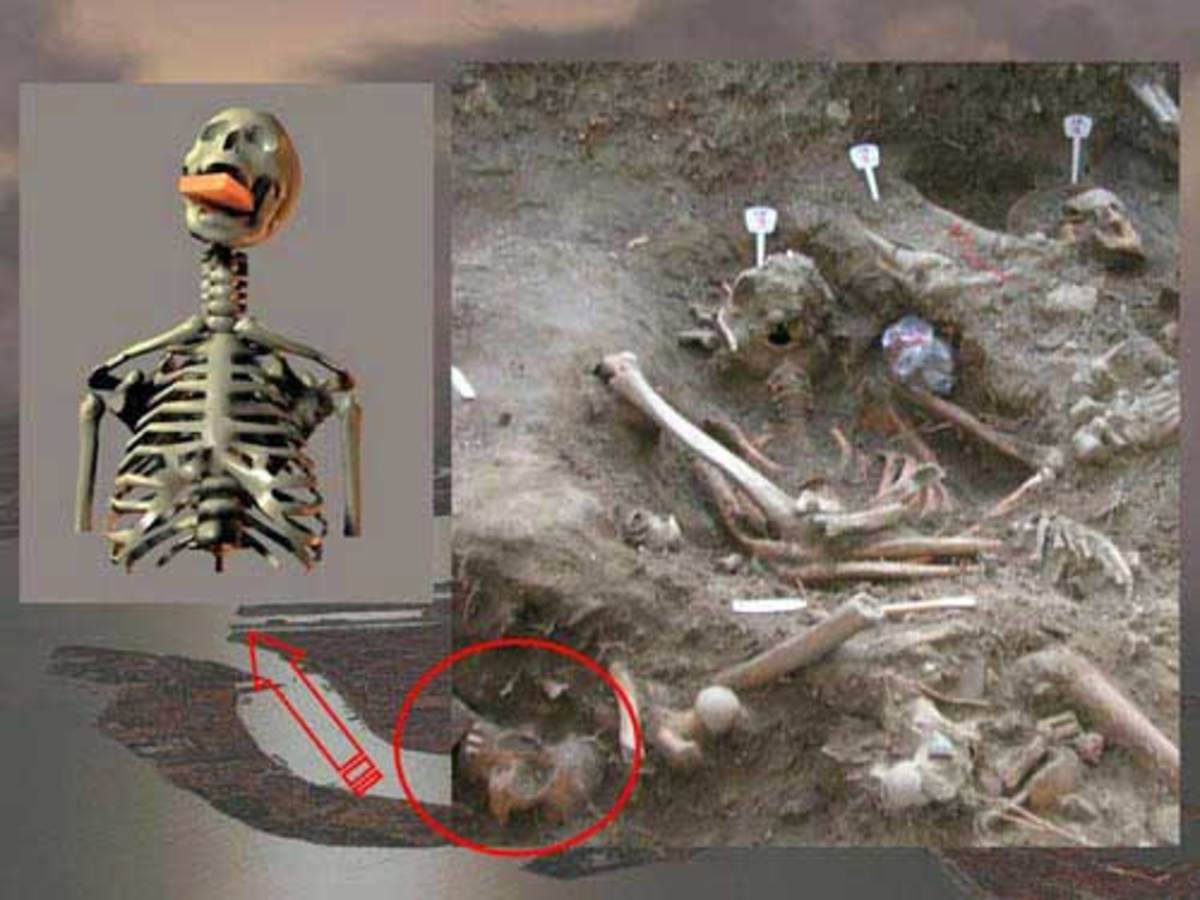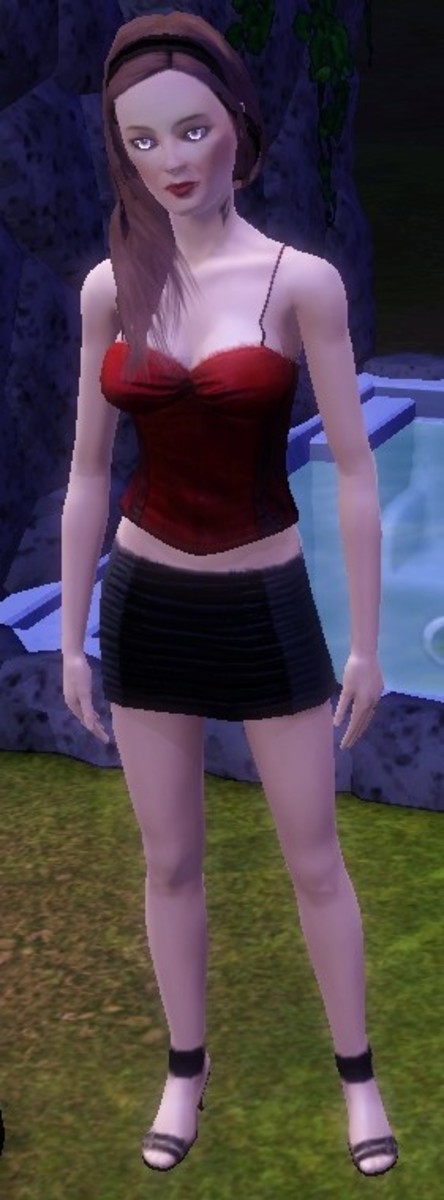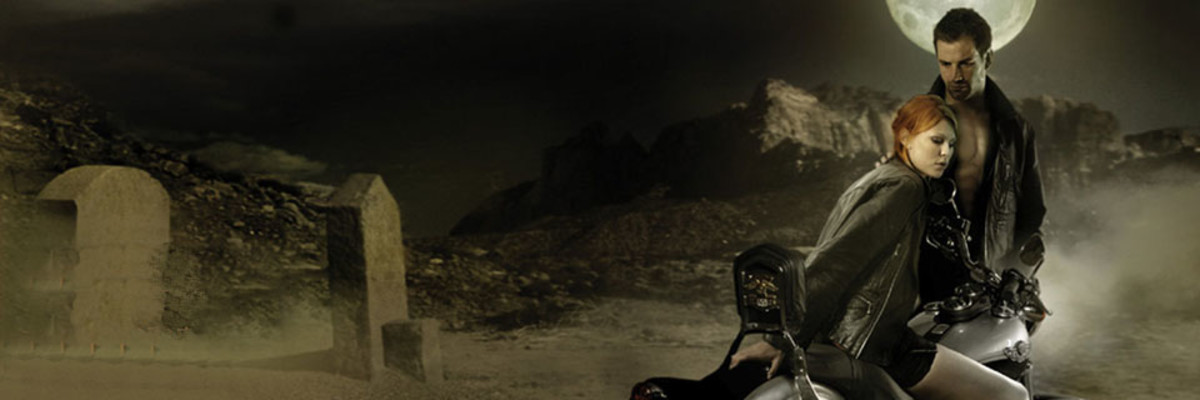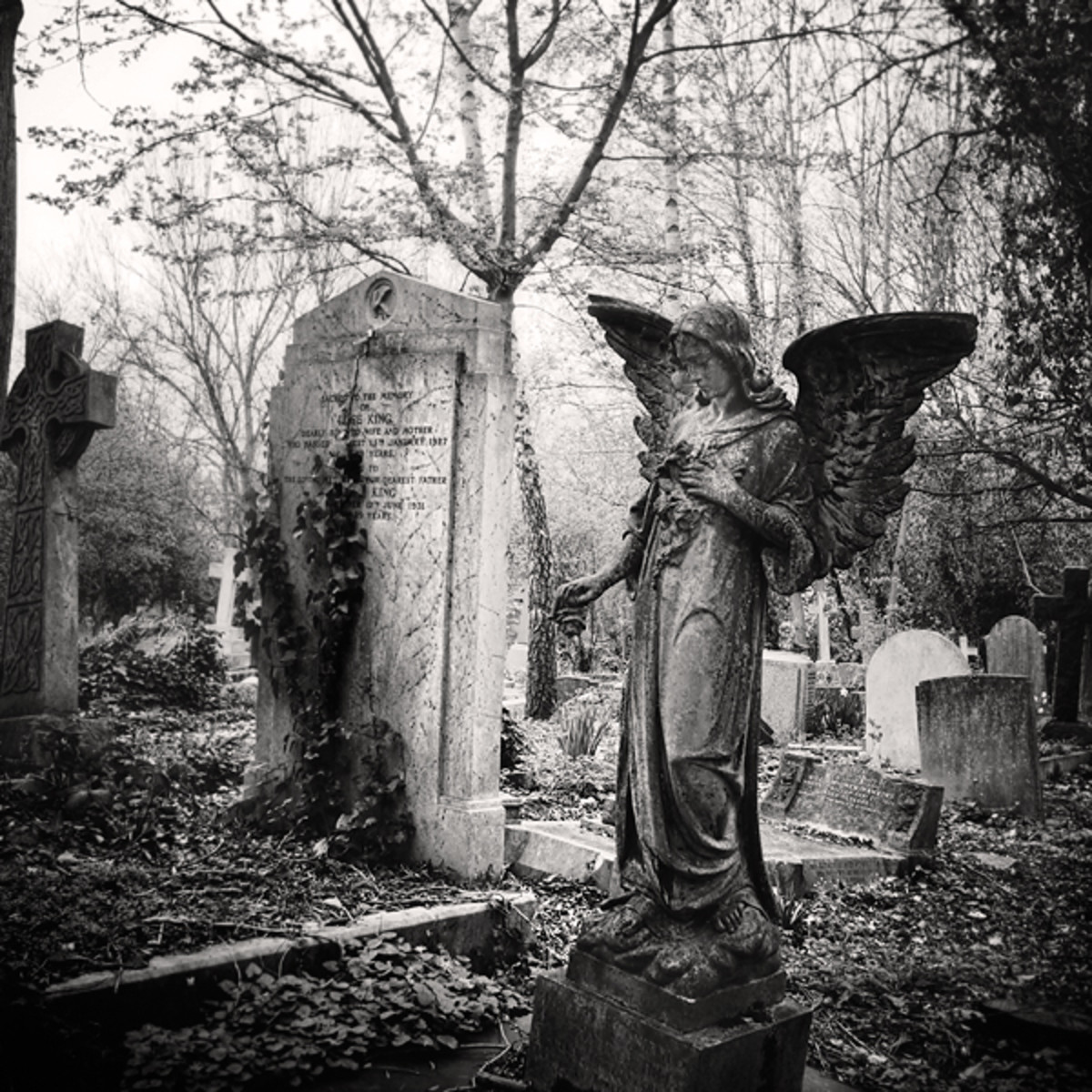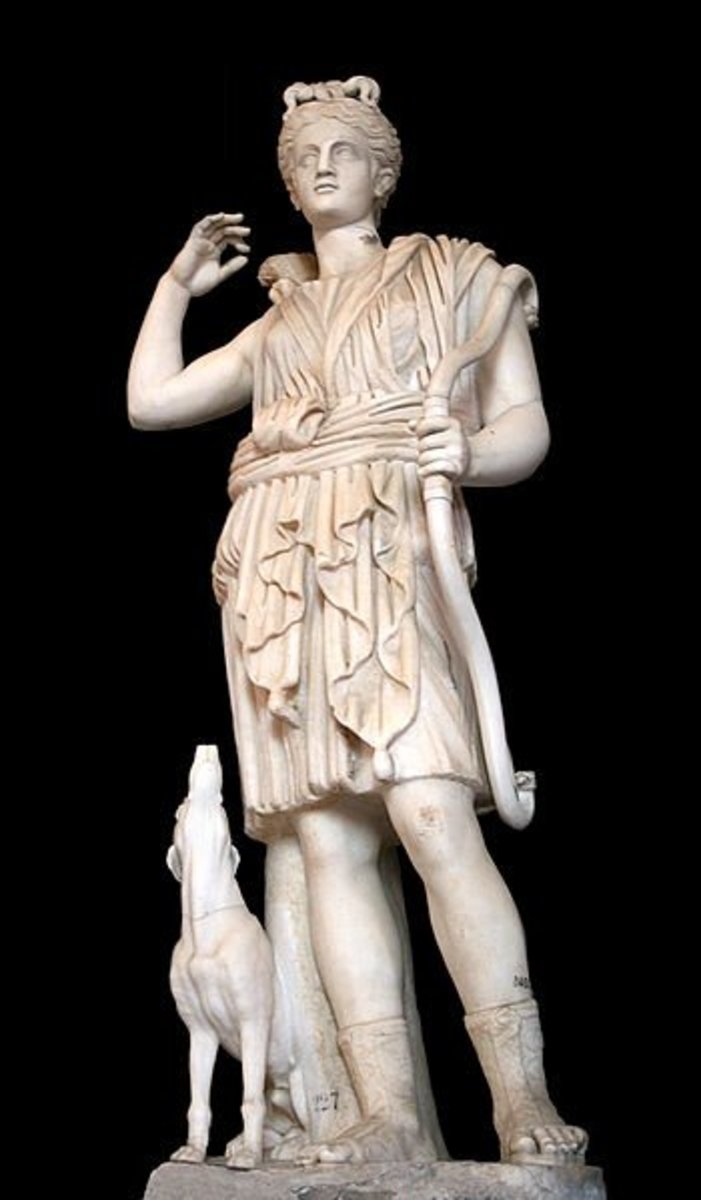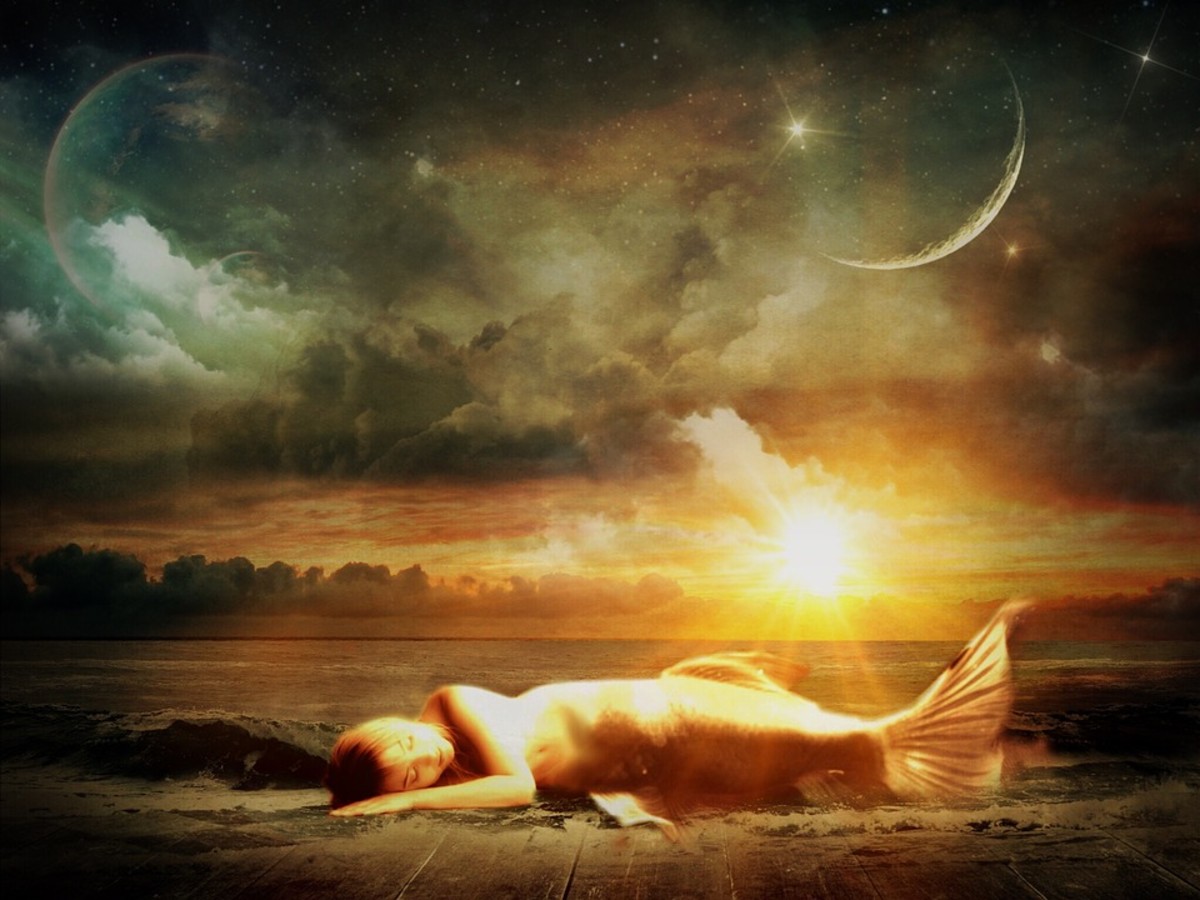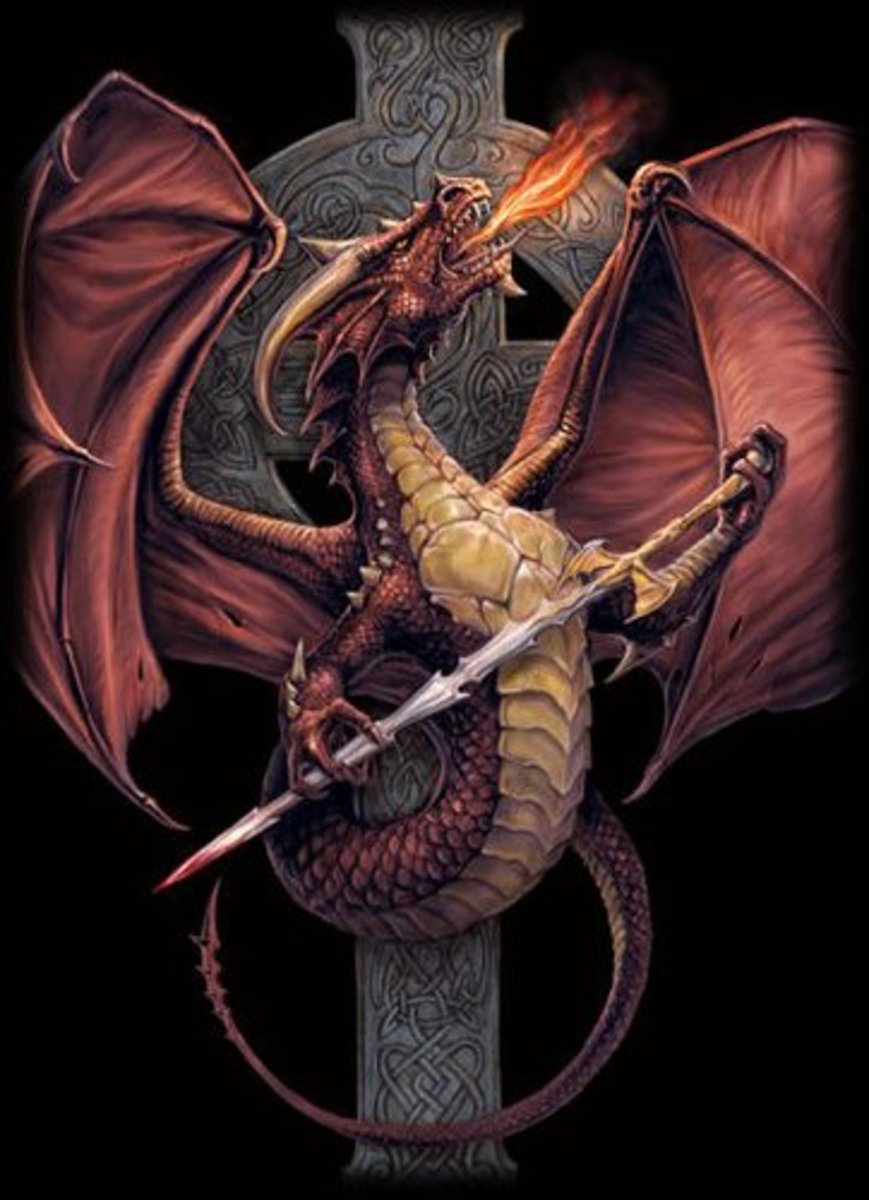The History of Vampires in Literature
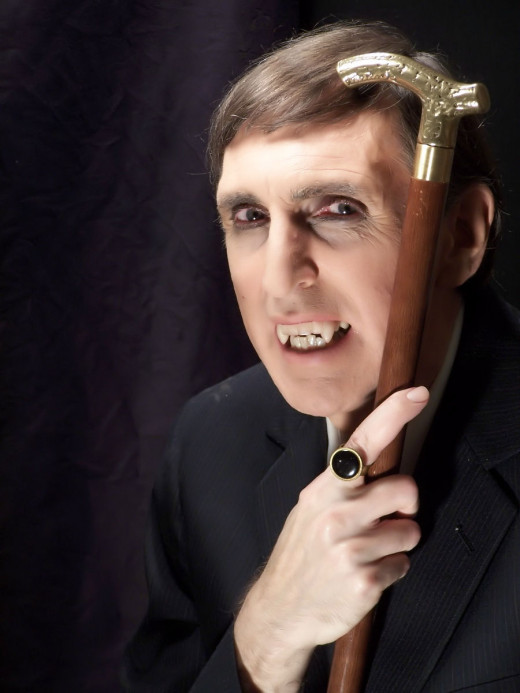
Everyone has witnessed the spread of vampire novels in the past decade, seemingly starting with Twilight, and resulting in a new young adult vampire novel on the shelf every other week. This begs the question exactly where did this fad start? That answer is long and complicated and can be traced back over 250 years of vampires in literature, and the presence of vampires in mythology for much longer than that.
However while vampire lore can be traced back many centuries, that's not to say it's remained unchanged. The vampires in today's literature are a far cry from their depiction in 18th century literature, and many novels over time have contributed to their depiction today. This article is going to examine those books, and try to understand exactly how we got to the vampire lore of today.
The Birth of Vampire Lore
Believe it or not, vampires are not actually a modern invention, and stories and legends of vampires have been around for many millennia. The ancient Greeks and the Romans had tale of creatures which drank the blood of humans and these are often considered the historical origins of vampire mythology.
However vampire lore as we know it in modern times was born in Europe in the 18th century where it quickly became very popular. Despite it's birth in fictional literature, there were times in history where people were executed out of fear that they were actually vampires themselves. While tales vampires may have existed for thousands of years, much of the lore that surrounds them, like their aversion to garlic and crosses, and things which have developed from literature and folktales over the last two hundred and fifty years, creating the vampires we know today.
The Vampire (1748) - Heinrich August Ossenfelder
Heinrich August Ossenfelder, a German poet, wrote a poem called Der Vampir in 1978, which is generally considered to be the first time vampires were found in creative literature. This was a highly important point in the history of vampire literature, as this poem set the tone for a lot of the writing that followed within the genre. In this poem the vampire was a man whose advances were rejected and who then threatened to sneak into his loves room and suck her blood at night. This poem explored, to some extent, the sexual nature of vampires, which is present in a lot of vampire work even in modern times. Although there are many differences between the vampires in Ossenfelder's work and modern times, there is no denying that this poem paved the way for vampire literature in the future centuries, and had a part in making them what they are today.
Another interesting idea which this poem carried into a lot of later vampire literature, was that of vampires as a symbol against Christianity. In this poem the vampire is a symbol of all the things which threatened the Christian religion, a theme which was prominent in a lot of vampire work in the coming years. That theme is what gave birth to the ideas that vampires are frightened of crucifixes, and can't enter churches, which are both things which are still very popular ideas within vampire lore today.
Thalaba the Destroyer (1797) - Robert Southey
Thalaba the Destroyer, an epic poem by Robert Southey was another early example of vampires appearing in literature. However this poem was very monumental in the history of vampire literature, as it was the first time that vampires appeared in English literature. As a lot of later vampire literature was in English, this was an incredibly important step. Once again, this poem had a lot of religious aspects to it, once again tying vampires into the idea of being an anti-religious symbol. Although the vampire aspect to this poem is relatively minor in terms of plot, it can still be argued that just it's appearance in English literature was of vital importance.
The Vampyre (1819) - Polidori
Another important piece of work in the vampire genre is The Vampyre, by Polidori. This short work of fiction is said to have been the story which laid the foundations for the vampire romance genre. Although vampires had been portrayed as sexual beings before this piece of work, this is considered one of the first to portray them as romantic figures. This is something carried over into most of the modern vampire literature, especially that of the 21st century, however it's roots were in this novel. Furthermore, the image of a vampire as an intelligent, well dressed, elegant gentleman is another thing which has continued on in vampire literature through the ages, remaining one of the most popular ways to portray vampires to this day.
Dracula (1897) - Bram Stoker
Dracula, a novel by Bram Stoker is arguably the most famous vampire novel ever written, and in many ways paved the way for all the books in the genre to come. This novel fell under the gothic horror genre, and although it sexualised vampires like a lot of other vampire novels, it didn't romanticise them like many of the novels which followed. This novel was not immediately successful, and has gained success in the past century due to the many adaptions of the story. This book has had dozens of adaptations made, including other books, movies, stage plays, and in many ways can be credited with making the vampire literature genre as popular as it is today. Adaptions are still being made, and the book still sells very well, as Stoker is credited as being among the great authors of classical literature.
I Am Legend (1954) - Richard Matheson
I Am Legend by Richard Matheson is an interesting novel as it can often be seen as being both a vampire and a zombie story. This story revolves around the idea that the apocalypse arrived, bringing with it a pandemic which turned people into zombies that very closely resembled vampires. This novel was interesting due to the fact that it's one of many horror stories written in the vampire genre, a return to the original tone of most vampire novels. This novel was perhaps one of the first to focus heavily on the more scientific aspect of vampirism, something not often seen in vampire literature.
Salem's Lot (1975) - Stephen King
Perhaps one of the most famous vampire novels in the horror genre, Salem's Lot by Stephen King is the epitome of terrifying vampire novels. This story, interestingly enough, was one of the last very famous and popular vampire books in the horror genre, as the trend moved more towards young young adult fiction after this novel. However that doesn't lessen it's importance or it's popularity, and is still considered one of the greatest vampire novels ever written.
The Vampire Chronicles (1976 - 2003) - Anne Rice
One of the longest running vampire series around, The Vampire Chronicles by Anne Rice has been a huge success over the years, although it's perhaps been lost in the background in light of some of the more recent vampire series. However, Rice's novels contain a lot of elements from early vampire writing, such as a close link to the idea of religion. Rice's vampires also feel emotions a lot more strongly than humans do, leading them to be very emotionally, and sensual, breeding a new kind of vampire which was more human than many of those written before them. This trait in particular is something seen in a lot more of the modern literature, as vampires were more romanticised, so their human emotions were emphasised more heavily.
The Hunger (1981) - Whitley Strieber
The Hunger by Whitley Strieber was an interesting take on the vampire series, and had an unusual focus on the practical side of vampires. This book explored the more science-fiction ideas of vampires, and looked at practical problems that vampires would face in finding food, and concealing their activities. This is a side of vampires not often looked at, and was therefore an important step in the vampire genre. Strieber's novel also had some influences from Greek mythology, another interesting concept, as a lot of original vampire tales come from ancient mythology.
The Vampire Diaries (1991–) - L.J. Smith
The Vampire Diaries by L.J. Smith, was possibly the first of it's kind in popular vampire literature, in portraying vampires as quite so romanticised, and geared towards a much younger, teenage audience. This shift in audience had a huge effect on the genre, and on many of the books that followed, as it made vampires much less of the monsters they had been portrayed as earlier in the genre's history, and instead portrayed them as much more human, romanticised versions of those vampires. The popularity of this series was in some ways the beginning of the Vampire frenzy amongst the modern teenage population.
The Southern Vampire Mysteries (2001 - 2013) - Charlaine Harris
Another interesting addition to the vampire genre, The Southern Vampire Mysteries was one of the first popular series which dealt with the idea of vampires coming out into the open. This idea was very different from most vampire books, where secrecy is very important to vampires in most writing. This series has also brought back the hyper-sexualization of vampires, something present in a lot of early vampire novels, but that had been lost in popular vampire literature for a while, due to it's shift into the horror genre. However this returned in full force in these novels, both sexualising, and romanticising vampires.
The Twilight Saga (2005 - 2008) - Stephanie Meyer
It seems anticlimactic to end with The Twilight Saga, as the culmination of more than two centuries of literature influencing the vampire genre. However it is actually a fitting end as it is one of the books which clearly shows the influence of many of the books which came before it in the genre. Twilight is the epitome of vampire literature which portrays vampires as the 'good guys'. This is definitely something which has been introduced over the past two centuries and didn't start off as such. Vampires as romantic figures is also something that's been introduced, although vampires have been viewed as sexual figures for most of their history in literature, the romanticising of them is a relatively new concept.
This family friendly vampire which Stephanie Meyer wrote, wasn't the first of it's kind, but was most definitely one of the most popular, and widely known ones. Perhaps second in fame only to Dracula, Edward Cullen is a name known by most people, even those who would prefer to forget it. However when looking at the Twilight Saga, it's important to remember, you don't only have Stephanie Meyer to thank for these books, but also more than two centuries of vampire literature. What started as a German poem in the mid 1700's, grew and morphed, and eventually culminated in this hit series, making you wonder whether the genre has changed for the better, or the worse.
Vampires in the Future
It's difficult to know exactly where the vampire genre will go in the future, especially since it's a genre that is constantly changing. However for the time being, and for the foreseeable future it seems likely that vampires will remain an intricate part of young adult fiction, and remain the romanticised characters they are today.





